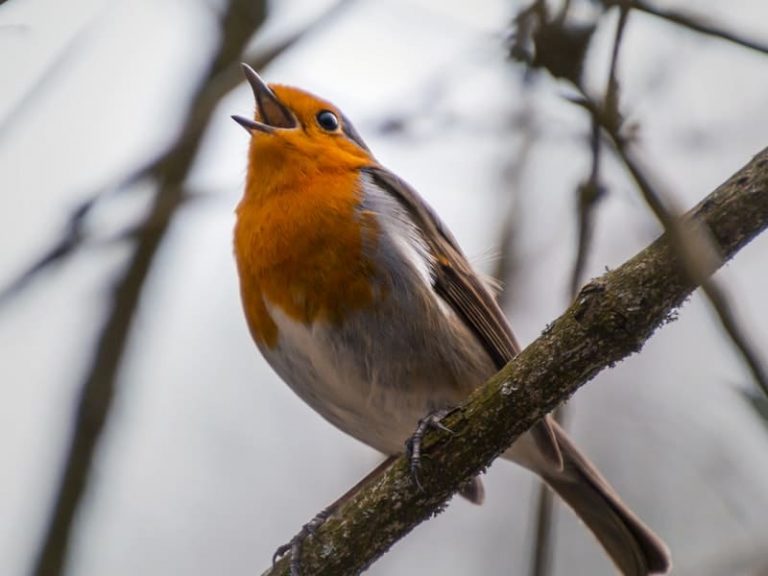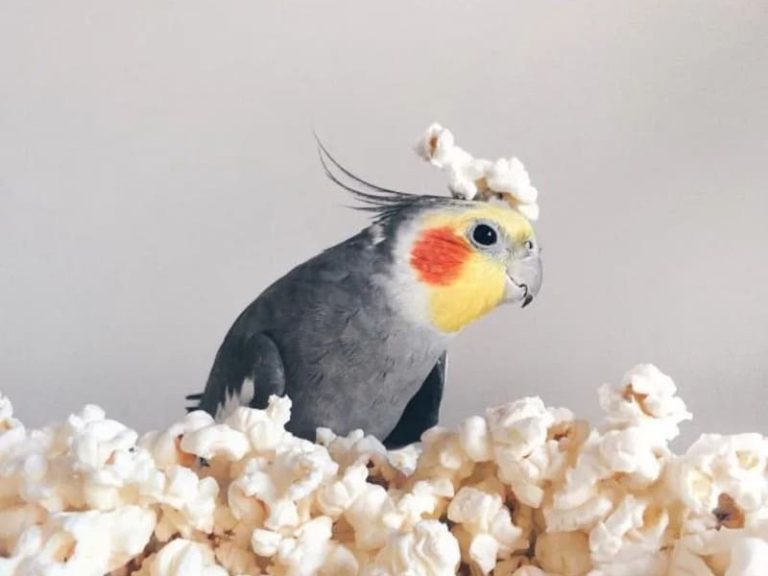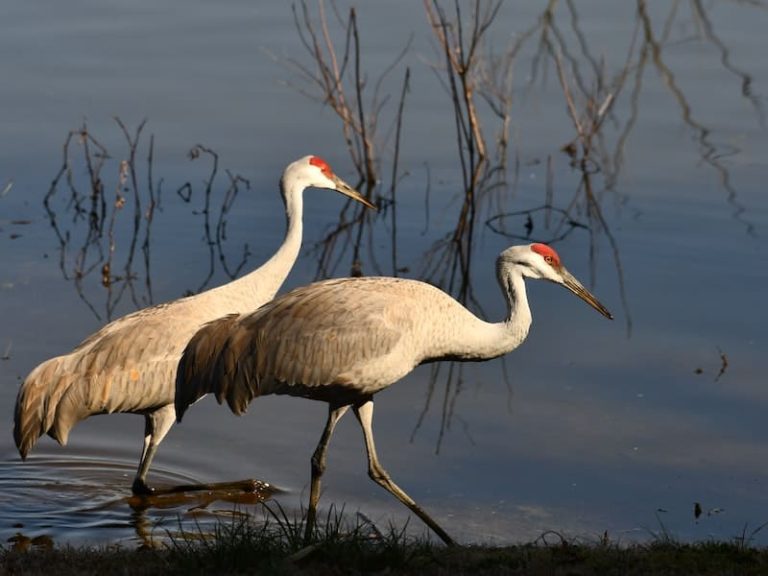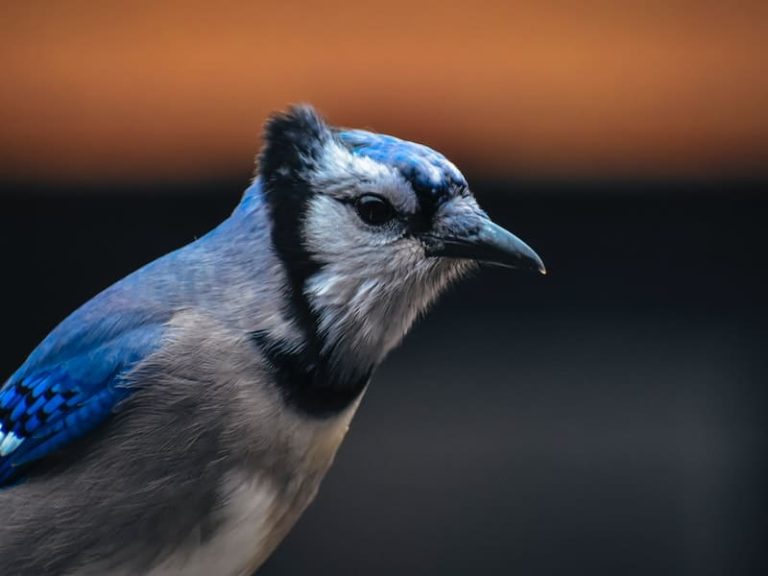7 Animals that lay eggs and are not a bird
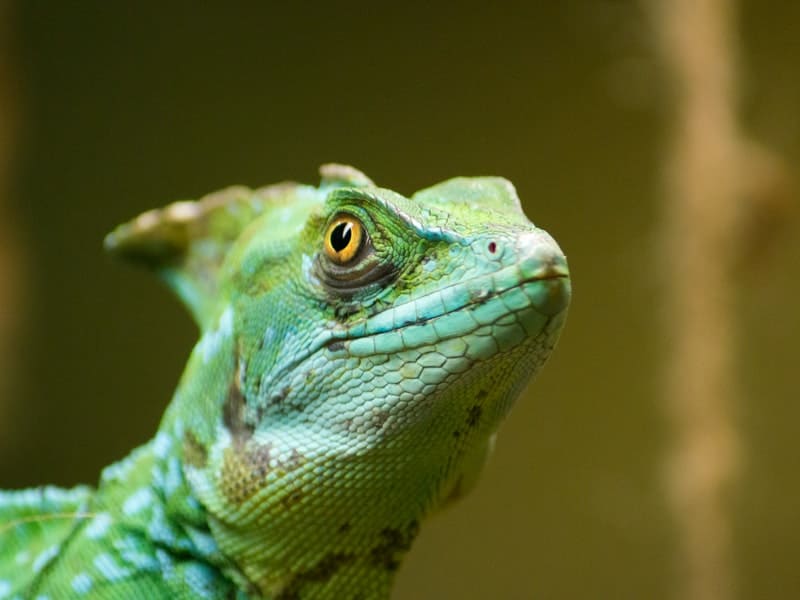
One may wonder about the animals that lay eggs and aren’t a bird. Of course, we all know that birds lay eggs and hatch them when it’s time.
But are there any creatures that lay eggs? We shall find out in our discussion today.
Fish and snakes lay eggs, along with spiders and some amphibians. Today, our topic will revolve around those animals. Several insects also lay eggs, and that’s how their reproduction works.
One of the fantastic creatures to lay eggs is the platypus. For reproduction, these will lay eggs. But, on the contrary, they’ll feed milk to their young child. So, we can consider the platypus as an animal that lays eggs.
Overall, we’ll discuss several aspects of the animals that lay eggs. This blog post will consist of a few questions on the topic and their respective answers towards the end. So, have a keen eye and keep reading to learn about today’s topic.
There are animals that lay eggs and are not birds?
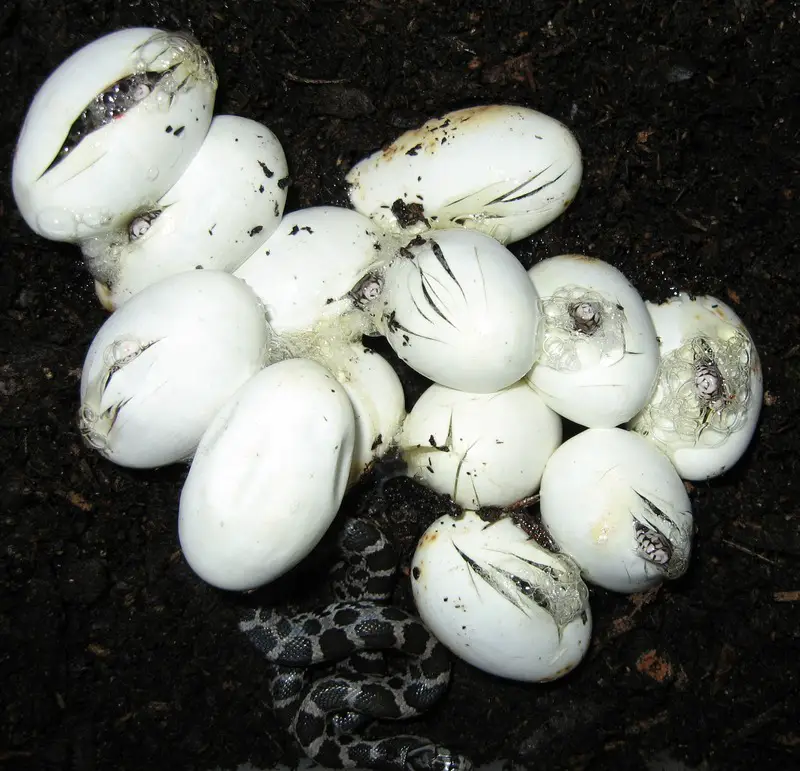
Yes, many types of animals lay eggs and aren’t birds. Different mammals, reptiles, fish, insects, etc., are some notable examples of such creatures.
We plan to discuss those creatures which lay eggs. However, the features and other characteristics of animals laying eggs are different. So, we’ll discuss that part in our article.
Mammals that lay eggs are called monotremes. We can talk about five different mammals laying eggs. In addition, turtles, snakes, lizards, and several insects are known to reproduce by laying eggs.
Echidnas are another notable example of mammals laying eggs. The monotremes like these creatures are found mainly in Australia and New Guinea.
Overall, four types of echidna and the duck-billed platypus are the ones that lay eggs among mammals.
Next, we’ll proceed to the central portion of our topic. We’ll discuss seven different animals that lay eggs and aren’t a bird.
7 Animal that lay eggs and are not a bird
As promised, we’ll share details on several animals with the trait of laying eggs. Unlike most animals, these will lay eggs, and that’s how their family reproduction works.
First, we’ll talk about the duck-billed platypus. Then, as we move forward, we’ll talk more about insects, lizards, reptiles, etc. Overall, you’ll get to know the part of the animal kingdom that lays eggs and aren’t a bird.
Duck-Billed Platypus

These creatures live in the water mostly. They can swim gracefully due to their body structure. Considering their habitat, they love the streamlines of Australia and Tasmania.
Platypuses eat small aquatic invertebrates and use their incredibly sensitive snouts to locate them. They frequently move along the riverbed’s bottom, digging through the mud for food.
At the age of two, these creatures are ready to mate and frequently have multiple partners throughout their lives.
When the female lays eggs, she travels to an isolated cave and completes the process. Experts say these creatures can lay one to three eggs during each brood.
Note that the baby platypuses are known as a puggle. They’ll be hairless when they’re born. They start their life weak but gradually learn to live in and under the water.
When a baby platypus is around five months, it can swim just like the adult ones. Next, we’ll talk about different types of echidna. To start, we’ll discuss the western long-beaked echidna.
Western Long-beaked Echidna
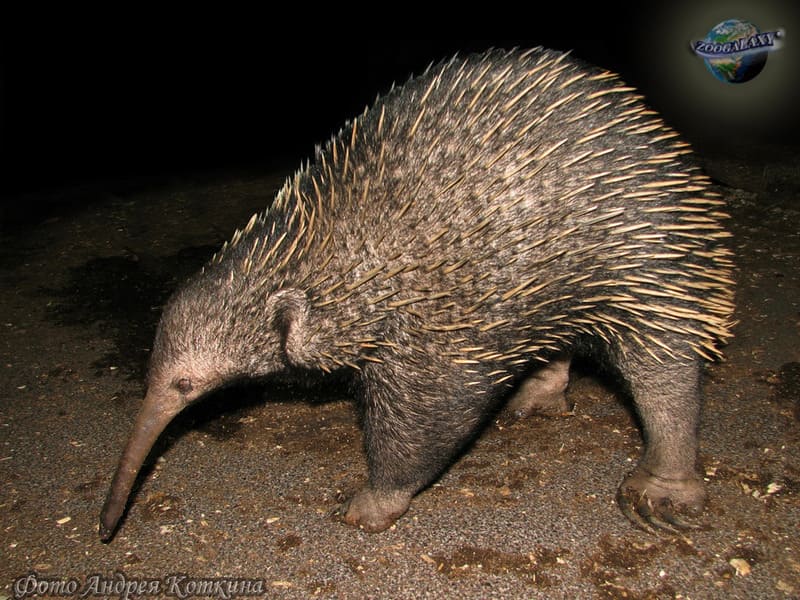
The western long-beaked echidna is the largest among the monotremes (mammals laying eggs). They’ll weigh 40 pounds on average. However, these are highly endangered animals due to illegal hunting and more.
However, unlike the platypus, the long-beaked echidna loves to live in the ground. Worms and insects are their favorite foods. In addition, these animals have sharp claws with which they can do digging when they feel danger.
Note that these versions of the echidna are protective and defensive when they face an attack. They’ll roll up themselves and face anything dangerous. However, the mating season for these animals is during the summer.
When it’s summer, they’ll mate one time and lay eggs. However, due to the low frequency of mating and other predatory animals, the echidna population is getting intense as days pass.
So, although the long-beaked echidnas are the largest of monotremes, they’re endangered for several reasons. Next, we’ll discuss another echidna type, the eastern long-beaked echidna.
Eastern Long-beaked Echidna

These echidnas are also among the largest mammals laying eggs. However, they’re smaller than the western echidnas. You can expect to find these animals in brown or black color.
The mouth is tiny, and it’s just above their snout. The food hunting by the animals is fantastic due to the process. They’ll smell for food with the help of their bill and can even look inside the mud.
Like the western echidnas, they also love to eat worms (earthworms), little insects, beetles, etc. However, they hunt during the night mostly. Among the monotremes, these are nocturnal and pretty active, eating and hunting at night.
These animals are hard to catch, and thus, it’s not easy to find them in detail. For example, experts aren’t sure when these echidnas breed. However, they believe that it’s anytime between April and May.
Lastly, like the western long-beaked echidnas, the eastern ones are also endangered. They’re vulnerable to illegal hunting in their habitats.
Till now, we’ve talked about two types of long-beaked echidnas. Next, we plan to share details on the short-beaked echidnas.
Short-beaked Echidnas
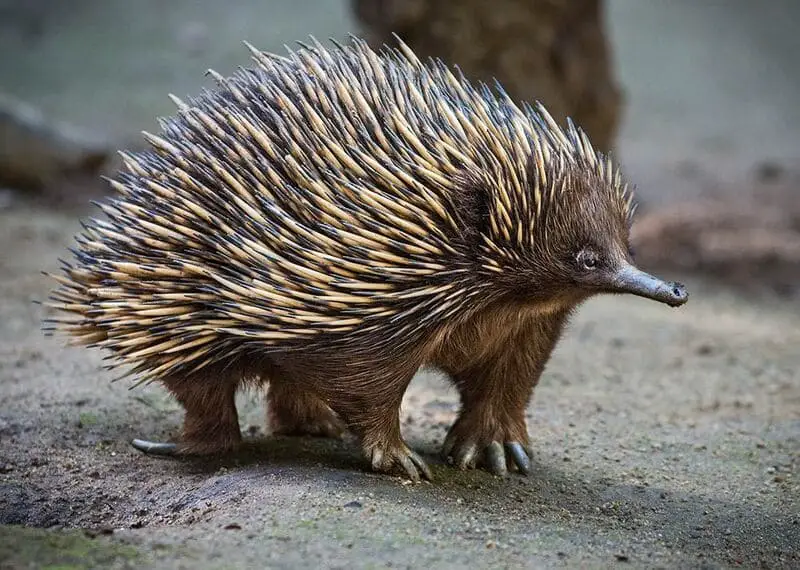
A short-beaked echidna’s hairy brown coat is coated in dozens of prickly quills, making it resemble a hedgehog in appearance. To trap and destroy termite ants, they utilize their tongues, which have no fangs.
As echidnas look for partners during the breeding season, their exceptional sense of smell comes in helpful. It can take a female anywhere from 20 to 30 days to go through the gestation process and lay eggs.
The hatchling will spend the first several weeks in a little pouch. Note that the pouch is tucked in the mother’s fur. After that, it will nurse until it is old enough to survive without its mother’s protection.
However, the short-beaked echidnas are found in Australia. So if you want to research these animals, try looking in Sydney or nearby areas. One good thing is that the short-beaked echidnas aren’t as endangered as the long-beaked ones.
Sir David’s Long-beaked Echidna
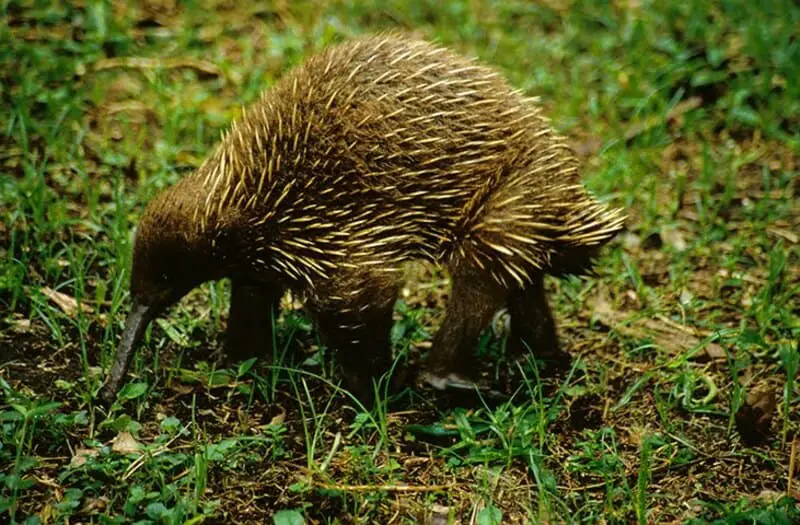
So, we’ve got another long-beaked echidna known as Sir David’s long-beaked echidna. This echidna is named after the famous historian David Attenborough.
However, among all the echidnas, this one is the smallest. Also, they are the most endangered of all echidnas. Due to their small size, they’re easy to catch by predators.
Many hunters also find it easy to catch Sir David’s long-beaked echidna. Unfortunately, considering all the aspects, they’re now hardly found. However, these echidnas are nocturnal and live alone.
Only when it’s mating they’ll meet together and continue with the gestation period. Then, when the baby comes out of the egg, the mother nurtures them until they’ve matured.
The mother leaves the child when it grows fur and can move freely. Among the echidnas, these have the most extended lifespan. It ranges from anywhere between 35 to 45 years.
Sea Turtles
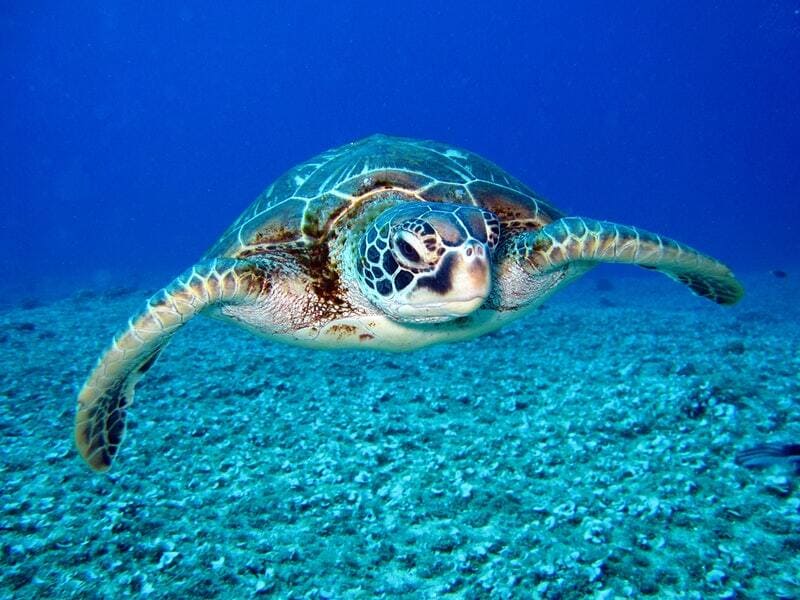
Types of reptiles, the sea turtles, are also known as ocean lawnmowers. These creatures take decades to mature, with a fantastic lifespan of around 50 years. However, the sea turtles are one of those animals that lay eggs.
After maturity, they’ll be active for reproduction for a decade. So, the population of these creatures is abundant. Jellyfish, shrimps, sea vegetation, etc., are some of the favorite foods for sea turtles.
However, crabs and mollusks are two foods sea turtles love when they can’t find anything else. Note that the adult green sea turtles are vegetarian. So, they’ll only eat algae, sea grasses, and other similar food items.
The eggs of the sea turtles are found inside the ground. First, they dig a nest in the sand and put the eggs there. The process can take about one or a couple of hours. These animals can lay up to 100 eggs, and the incubation takes two months.
Lizards

There’re around 6000 lizard species worldwide. So, we can find them in different sizes. The lizards are one of those animals which lay eggs and aren’t a bird. Some examples are small lizards, Gila lizards, monitor lizards, etc., which are some of the examples.
Lizard eggs are usually small. These are white. However, when it’s time to hatch, the eggs might turn pink or have pink spots. Note that the eggs are fragile. So, touching the egg with force might break it.
We can find lizard eggs at our home. Looking closely behind the shelves and under the bed, we can spot these eggs. Each batch of eggs will usually have 20 eggs. Overall, the hatching period may be around a month or more.
Note that the lizard eggs are associated with infestation. So, if you find the egg lizard in colossal amounts, immediately look for disinfection in your house. Professionals can help it in minimal time.
Are these Eggs different from bird Eggs?
Bird eggs are asymmetrical. Reptile eggs are oval-shaped and symmetrical. However, the shape might differ, but the colors of animal and bird eggs might be the same sometimes.
We can find lizard eggs at our home. We can spot these eggs closely behind the shelves and under the bed. Each batch of eggs will usually have 20 eggs. Overall, the hatching period may be around a month or more.
Overall, animal eggs are different from bird eggs.
Final Words
So, we have discussed various things related to animal and bird eggs. Of course, it’s impressive that there’re animals that lay eggs that aren’t a bird. But, when we think about eggs, the first thing that comes to mind is the bird.
But, we’ve seen that five different mammals lay eggs. Also, reptiles like sea turtles lay eggs. However, in the previous section, we’ve seen that the animal and bird eggs differ in various ways.
Finally, we ask our readers to tell us anything additional they would like us to answer on the matter. Altogether, we talk about animals that lay eggs and are not birds.
Interesting articles:


